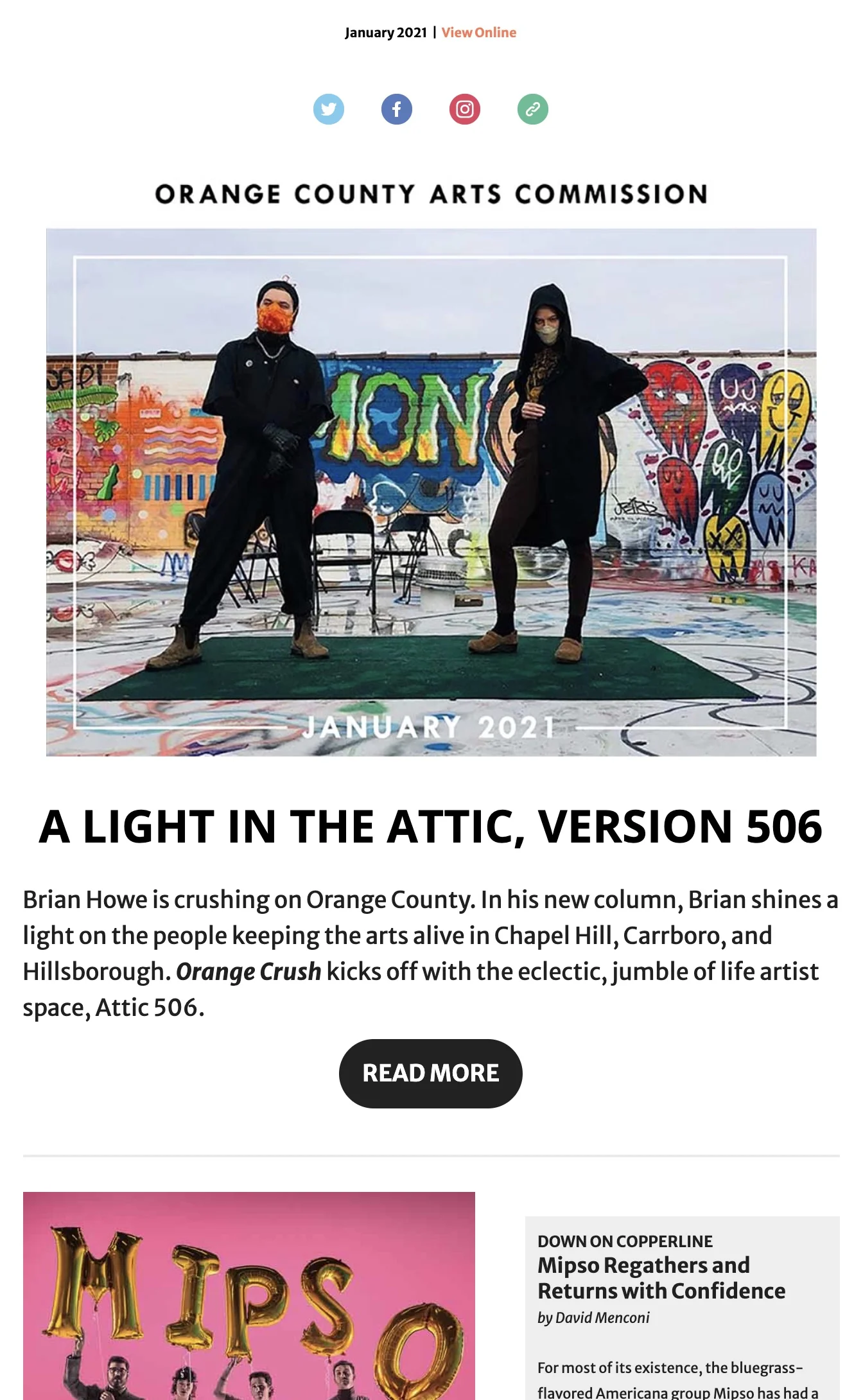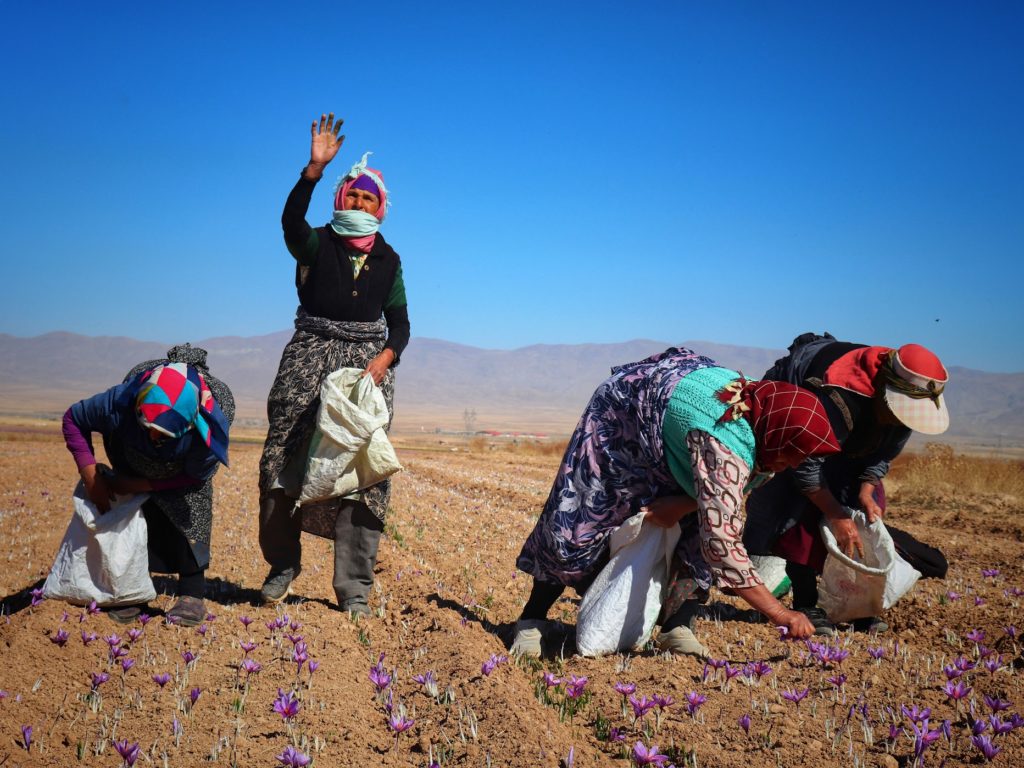
—Article by Emilie Menzel
In 2017, the world had grown too steady for Sia Yazdanfar. His work was stable, his home in Hillsborough comfortable, and his sense of personal growth stagnant. So he leapt, both feet in. In a quick turn, Sia quit his steady job, packed his life into two suitcases, and moved from Hillsborough across the ocean to his birth-country of Iran. In the process reconnecting “with family, culture, and traditions either long lost or never learned in the first place,” he became determined to share these vivid experiences, and so determined to become a full-time photographer. To this point, he had only pursued photography as an avid hobby, a little dark room experience here and there.
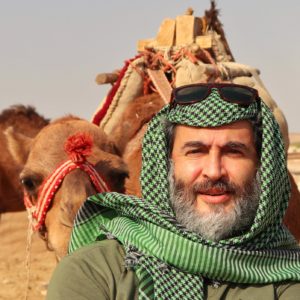
Growing up as Iranian American in the United States, Sia’s sense of connection to Iran was in many ways shaped by the photographs of his stepfather and renowned artist Bahman Parsa. Sia’s mother would sit with Sia around one of his stepfather’s photography books, narrating the stories behind the photos. Sia describes being mesmerized by the images as a child: “far flung places that seemed like they only existed in dreams, and they existed in this book.”
In deciding to move back to Iran, then, Sia thought of his stepfather’s photos, and Iran still “lesser known, even though it’s one of the cradles of civilization” to the Western eye. Just as the lavender fields of Aix-en-Provence are known as iconic landscape, why not, too, the saffron blooms in North Khorasan? Sia traveled in Iran for a year-and-a-half, visiting sacred and ancient Persian landmarks. Frequently, Sia even inadvertently found himself echoing his stepfather’s photographs of the same spaces.
With galleries largely closed during Covid, Sia spent 2020 continuing to expand his portfolio. Iranian landmarks and events typically packed with people—Persepolis, the saffron harvest—were suddenly empty, and Sia now unexpectedly the sole photographer. Shots that Sia would normally have had to wait for days to clear were able to be captured in hours. The quiet of architectural photography is so often a well crafted and framed moment; in Sia’s photos, the echo you see is real.
Perhaps with a year of fewer crowds comes a stronger awareness of the power of individuals. Sia’s lens frequently now focuses on faces rather than facades. Particularly, his recent work has been in documenting the craft and nomadic workers of Iran—silk weavers, migrant fishermen, saffron harvesters, those working thoughtfully and hard with their own hands. After initially heavily photographing the beauty of Iranian architectural landmarks, Sia explains that he “really want[s] to revisit all those places and see those people whose lives are intertwined with these spaces … I want to focus on the people of Iran.” Sia hopes that when people unfamiliar with Iran experience his photographs, they will connect with the humanity of Iranian communities—a humanity stereotyping politics often deny.
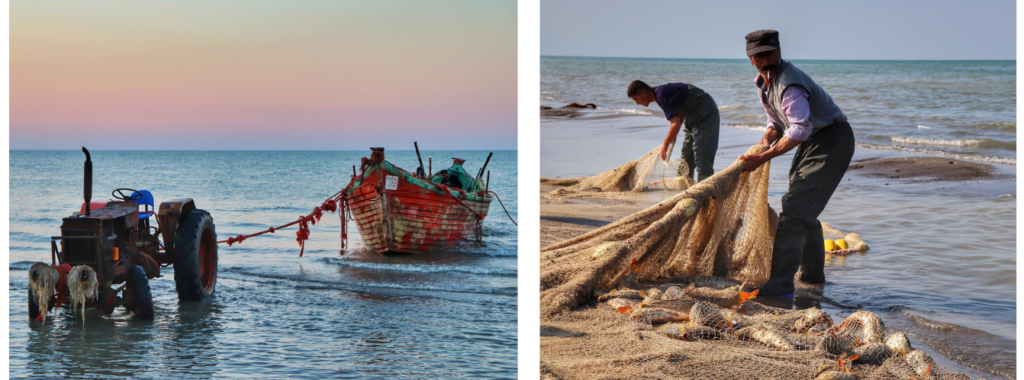
“I think my medium, if I have to define it more, I’m a photographic storyteller, so I’m weaving the tapestries of these wonderfully rich, layered, peoples of my motherland, my lens in those places,” he explains. Sia understands that “people are not just drawn to an image, they’re drawn to stories behind it.” Fittingly, his access to these people’s stories is through tip offs gathered through community connections. He chats to the café owner and hours later photographs the city from the restaurant rooftop. The electrician helping him at his house has relatives working the saffron harvest. A friend knows a friend and Sia follows. In Sia’s work, it appears the groundwork of person-to-person connection is in many ways as important as the capturing of an event in an image. And it makes sense—through people builds the story.
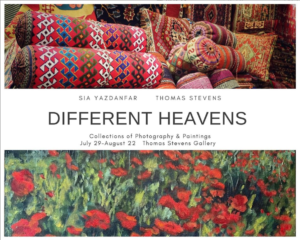 This August at the Thomas Stevens Gallery in Hillsborough, the Orange County community will have a chance to see these stories Sia has been spending the past years gathering. Sia will be sharing photographs of peoples in everyday life in Iran, displayed beside Tom Stevens’ Hillsborough landscape paintings. The exhibit is titled “Different Heavens,” the connection between these seemingly disparate bodies of work being a deep engagement with sense of place. Sia explains that “for different people, Heaven may be a different thing. In context of this exhibition, what I’m photographing is a bit of Heaven to me.” An artist reception will be hosted at the gallery, as well, on August 5th, 5 to 7pm. The exhibit will be open through August 22nd.
This August at the Thomas Stevens Gallery in Hillsborough, the Orange County community will have a chance to see these stories Sia has been spending the past years gathering. Sia will be sharing photographs of peoples in everyday life in Iran, displayed beside Tom Stevens’ Hillsborough landscape paintings. The exhibit is titled “Different Heavens,” the connection between these seemingly disparate bodies of work being a deep engagement with sense of place. Sia explains that “for different people, Heaven may be a different thing. In context of this exhibition, what I’m photographing is a bit of Heaven to me.” An artist reception will be hosted at the gallery, as well, on August 5th, 5 to 7pm. The exhibit will be open through August 22nd.
Learn more about Sia Yazdanfar at siayazdanfar.com.
